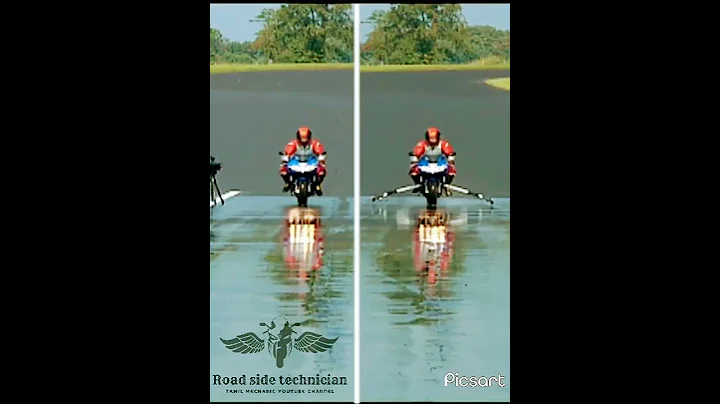How should a ship sailing on the sea brake if it encounters an emergency?

You must know that a ship is not like driving a car. You just brake and stop there immediately. The most commonly used "braking" method of is "reverse braking". means, let the propeller rotate in the opposite direction. At this time, a large amount of water will be discharged forward. The original forward thrust will instantly become a backward pull, and the speed of the ship will naturally decrease. However, due to its large size, the ship will still move forward for a certain distance under the influence of inertia. What to do?
The wise old captain will use the "Z-shaped control braking method" while reversing. That is, steers back and forth. For example, let it turn 20° to the right first. After the hull deviates to the corresponding degree, it immediately turns 20° to the left. At this time, the rotation speed of the ship will gradually decrease. Wait until the hull stops turning, then repeat the operation in the opposite direction. Finally, the ship came to a stop while spinning wildly.

Of course, if you feel that the left and right swing is not fast enough, you can also use the "full rudder rotation braking method". As the name suggests, it is to change the direction to death and make the ship turn around and go back. This is a bit like "turning around" in driving. However, in the process of changing direction, the resistance encountered by the ship will greatly increase and the speed will gradually slow down. However, it should be noted that whether it is "Z-shaped maneuver" or "full rudder turn", there needs to be enough safe water to carry out it.
Generally speaking, after using the above methods, the sailing speed of the ship can be reduced a lot. But if you encounter an unexpected situation and want it to stop faster, you have to use some "auxiliary methods", such as anchoring. Due to the relatively large weight of the anchor, the ship's speed can quickly decrease during the process of supporting the anchor. However, this only applies to situations where the tonnage is small, the speed is low, and the water depth is shallow. Because once the anchor chain is broken, the loss will not only be a large amount of money, but also endanger the safety of the ship.

Finally, if the ship has sailed into the "port waters", the water there is narrow and shallow and cannot be used at all. At this time, it is the turn of the small "tug boat" to appear. It will cooperate with the ship to change the course of the ship by bringing cables or towing cables, and finally brake the ship by using pulling force and water resistance. In summary, it is not difficult to find that if you want to stop a huge ship sailing on the water, you must either use "pull" or "resistance", or a combination of the two.
Speaking of this, I suddenly thought of an interesting phenomenon I discovered when riding a boat. Every time the boat is about to dock, the captain will always push the bow of the boat forward with the current, and even worse, it will make a big circle, Wait for the boat to travel against the current for a while, then slowly dock. Now think about it, isn't this just using the resistance of water to "brake"? After all, "sail against the current, if you don't advance, you will retreat."





















